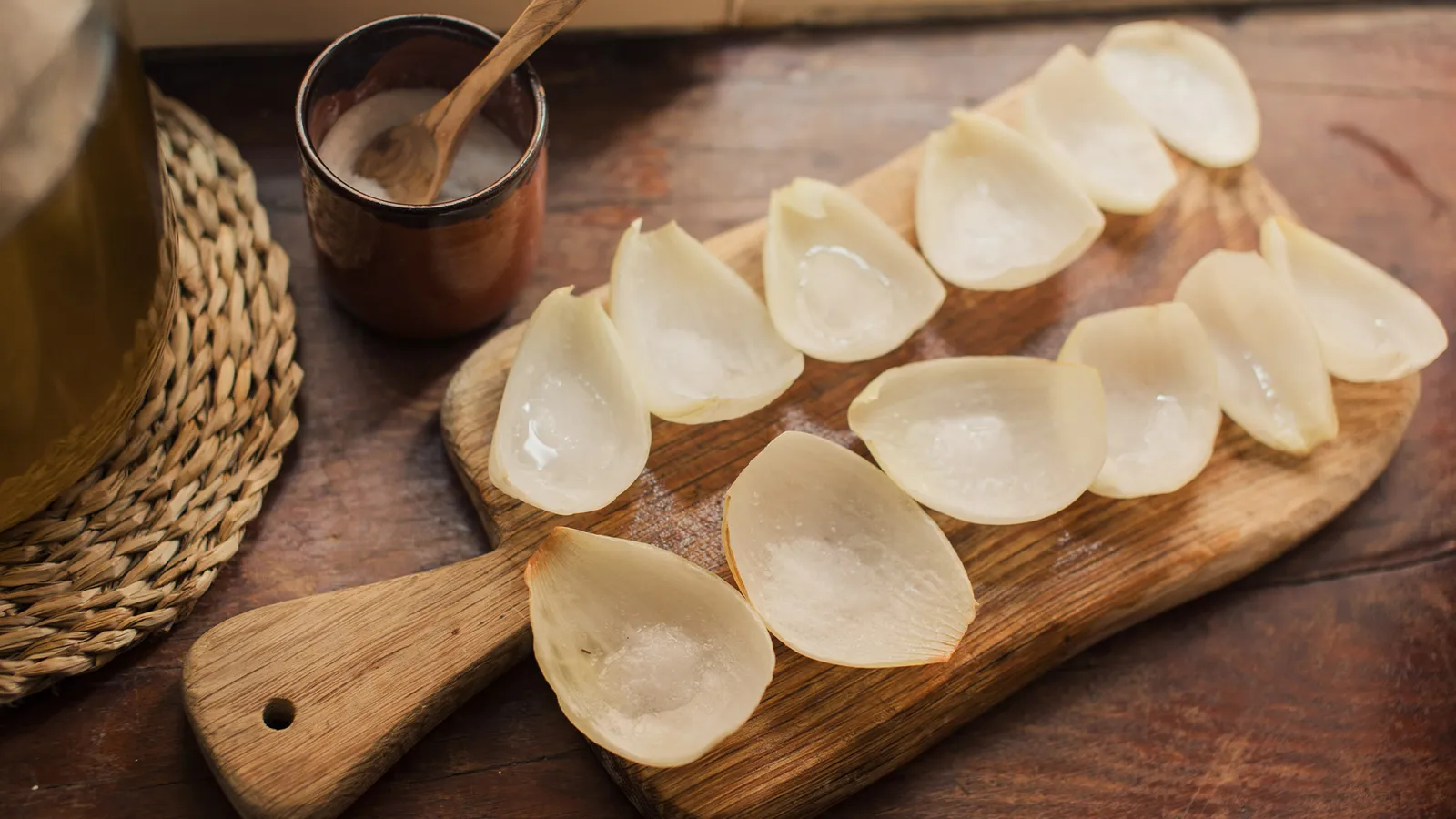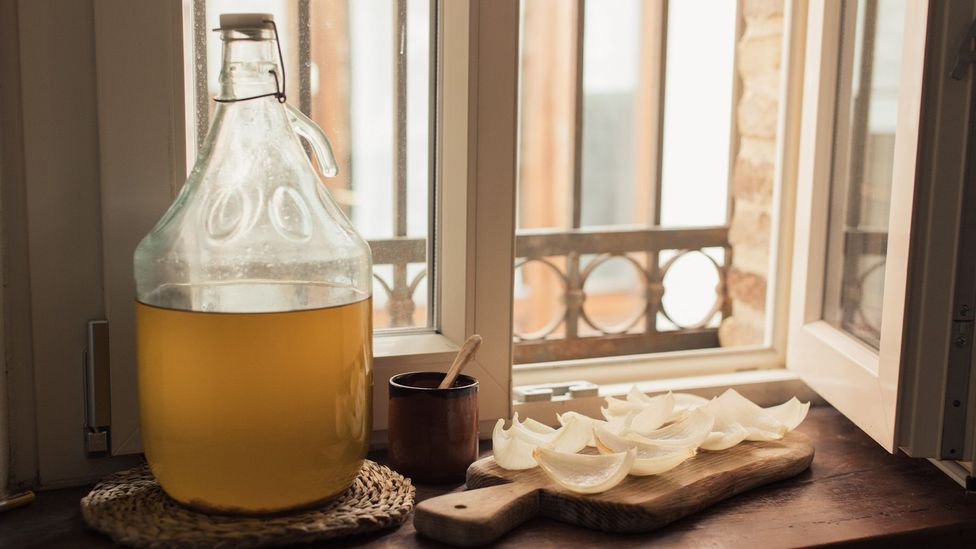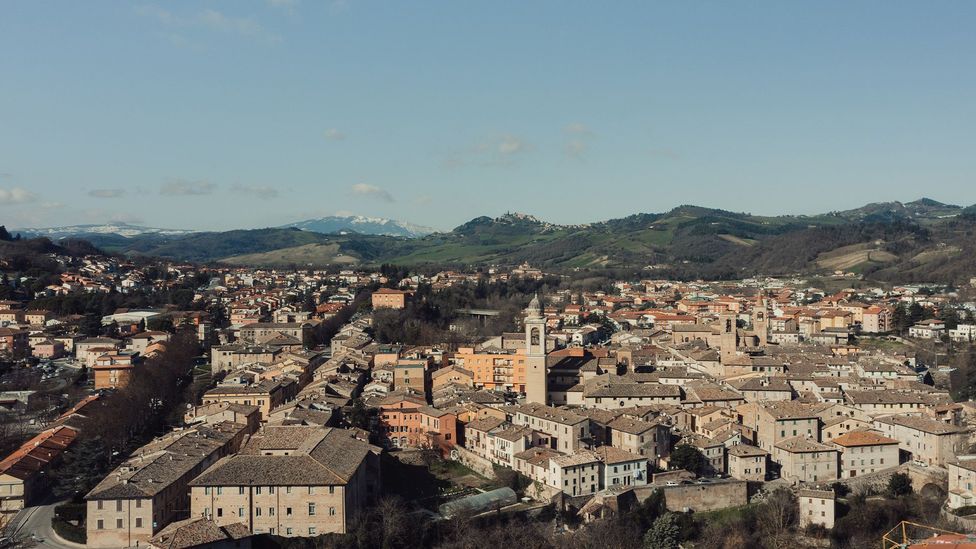Since the Middle Ages, “onion oracles” have been using the root vegetable as a form of divination to peer into the future and predict the weather.

By Katie McKnoulty for BBC – Every year on the evening of 24 January in the central Italian town of Urbania, local schoolteacher Emanuela Forlini cuts a yellow onion into quarters. She then separates out 12 wedges that will form the basis of her local weather predictions for the year ahead. She lays out a slice for each month of the year on her kitchen chopping board, the first representing January, the second February and so on through December.
Sprinkling each piece with a generous pinch of salt, she leaves the board on her windowsill, facing east, and goes to bed. As the first rays of sun appear on the 25th, with her notebook and pen in hand, she interprets each sacred slice, looking for signs supposedly sent by a saint in the salt’s reaction with the onion – are the wedges wet or dry, the salt caked or dissolved? From this, she creates her annual weather forecast for another year, published in local newspapers and on television for the people of Urbania and the surrounding province of Pesaro and Urbino, who await the results with bated breath.
Forlini has been practising this ritual for the past 28 years, carrying on the tradition from her father Anselmo, a lawyer, after he passed away. Her grandfather, Domenico, passed it on to him before that. While Italy is home to a handful of other onion readers, Forlini has become the country’s go-to expert, often featured in regional and national media throughout the years, essentially making Urbania the spiritual home of this tradition. She creates the forecast every year, not out of a strong belief in her own predictions, or even their esoteric nature, but out of duty.

Every evening on 24 January, Forlini leaves the onion wedges by an open windowsill (Credit: Katie McKnoulty)
“I practice this ritual out of affection for my father and my grandfather, who practiced this tradition. And for me, this means simply keeping alive a very ancient and true tradition that dates back to the Middle Ages but is, above all, a family tradition.”
From reading runes and tea leaves to examining the stars, people throughout history have been looking for signs that might tell them the future, searching for comfort in knowing which way to go. These various modes of divination have taken many different forms depending on the religious, economic and environmental context.
In medieval Europe, many people turned to whatever vegetables were available at the time to predict the weather for the year ahead. In Italy, this vegetable has historically been the common onion, a humble crop readily available to every farming family. Inside Urbania’s 15th-Century Palazzo Ducale, which was commissioned by the Duke of Montefeltro, a library houses the duke’s biography, which dates to the Middle Ages. The book describes his army winning a battle because he had consulted the onions and learned of the bad weather predicted, while his opponents had not.
The practice has more commonly been used by farmers, passed down through generations of those dependent on agriculture. It was essential knowledge – when to plough the earth, plant the seeds, prune and harvest the crops. Failing to consult the onions could mean the difference between feeding your family or not.
People in Urbania have been using onions to predict the weather since the Middle Ages (Credit: Katie McKnoulty)


